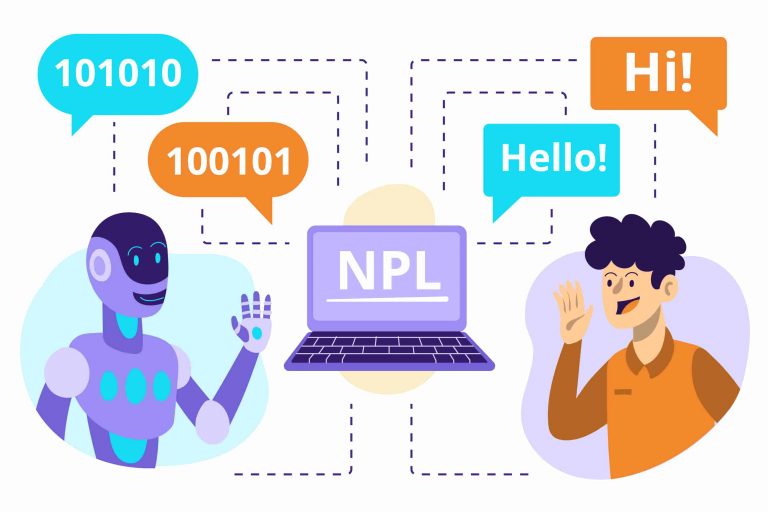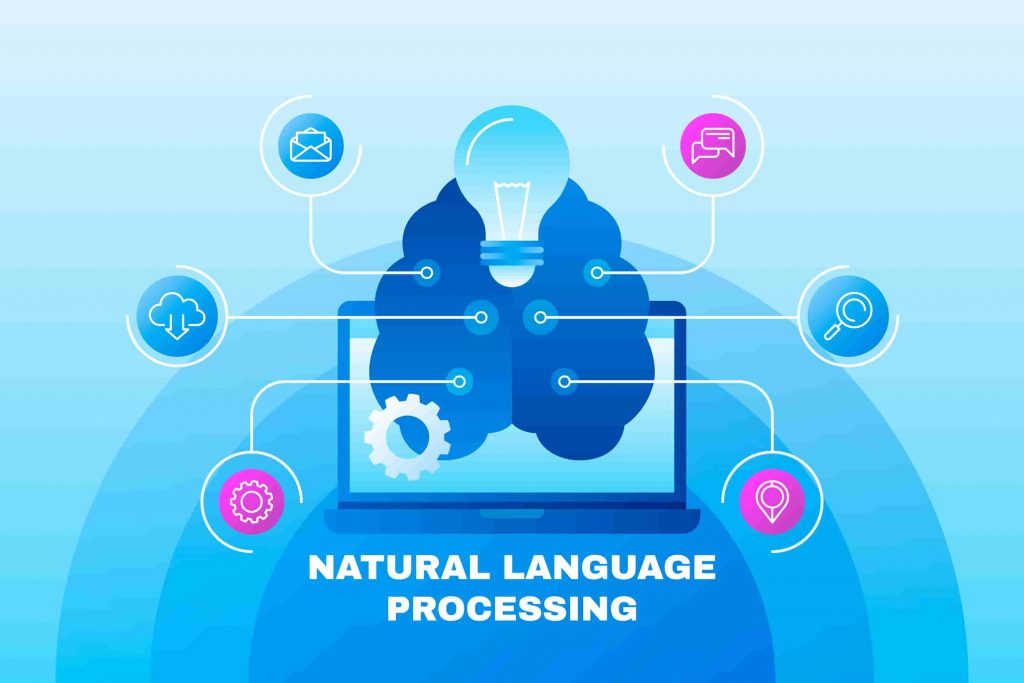Natural Language Processing(NLP) is a section of Artificial Intelligence that provides computers with the ability to understand, decipher and influence human language. Though not a new thing, deep learning, neural networks, and data extraction AI have expedited the transformation with the ample availability of powerful computing, big data, and enhanced algorithms.
Language is a profound tool to communicate information to its fullest. A world without language seems unimaginable as long as we can speak. The way our minds learn, understand and perceive various languages is quite fascinating. The same reason has intrigued and inspired us to dream about a world where machines could understand and respond to our linguistic commands.
How does Natural Language Processing work?
Any language that we speak, be it Hindi, English, Spanish, etc, the computer needs to understand it. By perceiving the kind of language, it needs to decipher the language into the lowest level viz. millions of zeros and ones.
NLP made this complete interaction possible using advanced AI elements such as Deep Learning, Machine Learning, Neural Networks, etc. Now when you say, “Ok Google, Play the song Heathens,” the device waiting to recognize your voice and pick up your command, says, “Ok, now playing Heathens by Twenty One Pilots”.
NLP takes in real-world input using artificial intelligence, processes it, and converts it into a command that the computer can understand to provide an appropriate output.

Importance of Natural Language Processing in various enterprises:
A massive quantity of unstructured, text-heavy data is used in businesses that need an efficient way to process it. And all these data-driven tasks are shockingly still performed with software like Microsoft Excel.
But on the other hand, many enterprises have now adopted NLP. With this, they don’t need to go through the slew amount of data. Instead, now, when you ask something to the system, the systems understand the task, goes to work, and deliver the required results.
The most common NLP application comes within the business that faces the customers. But that doesn’t stop there; businesses now can analyze and uncover behavioral patterns and common pain points in shared communications, all while generating reports to drive future R&D.
It is yet another innovation in NLP that enables finding the opinion of the general public. It allows organizations to find the emotional tone behind a body of text to determine and organize opinions regarding an idea, service, or product. By accessing comments, reviews, and other data, sentiment analysis allows businesses to perform way better.
With intelligent algorithms and Artificial Intelligence, enterprises can now reduce human effort in information extraction. Information extraction helps in parsing unstructured data and squeezing out the essential information into structured and editable data formats with the help of deep learning and neural networks.
Ways in which NLP technology is adopted in the modern-day enterprise:
- Automatic translation: Tools such as Google translate voice to text and vice-versa.
- Computerized voice assistants with speech recognition to serve customer queries.
- AI, analyzing social media reviews to know customer feedback.
- NLP is used in the medical field to get insights into situations for predicting and ideally preventing diseases.
- Used in stock forecasting and financial trading to improve the company’s financial performance.
- Helping Human Resource departments to classify candidate profiles in the assessment of skills and traits.
The use of Natural Language Processing in technology and how enterprises use it is essential. With advancements in Cybersecurity, Search Engines, and Big Data Analytics, NLP is expected to grow to greater horizons of transformations.


 Schedule An Appointment
Schedule An Appointment